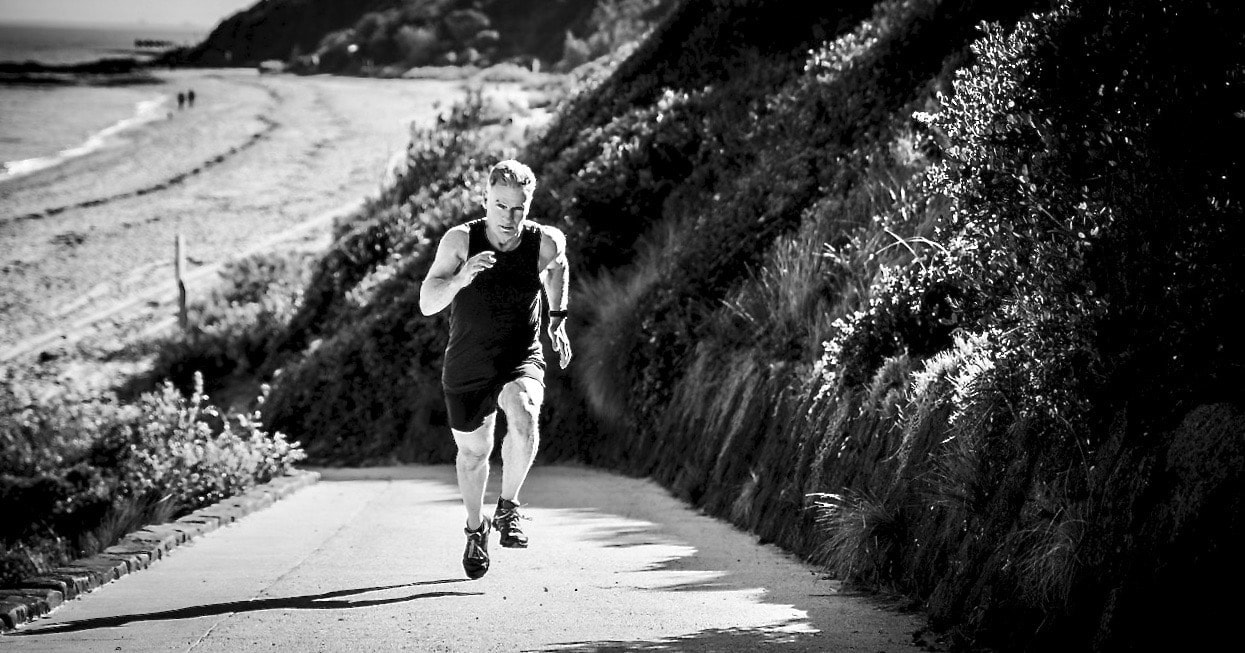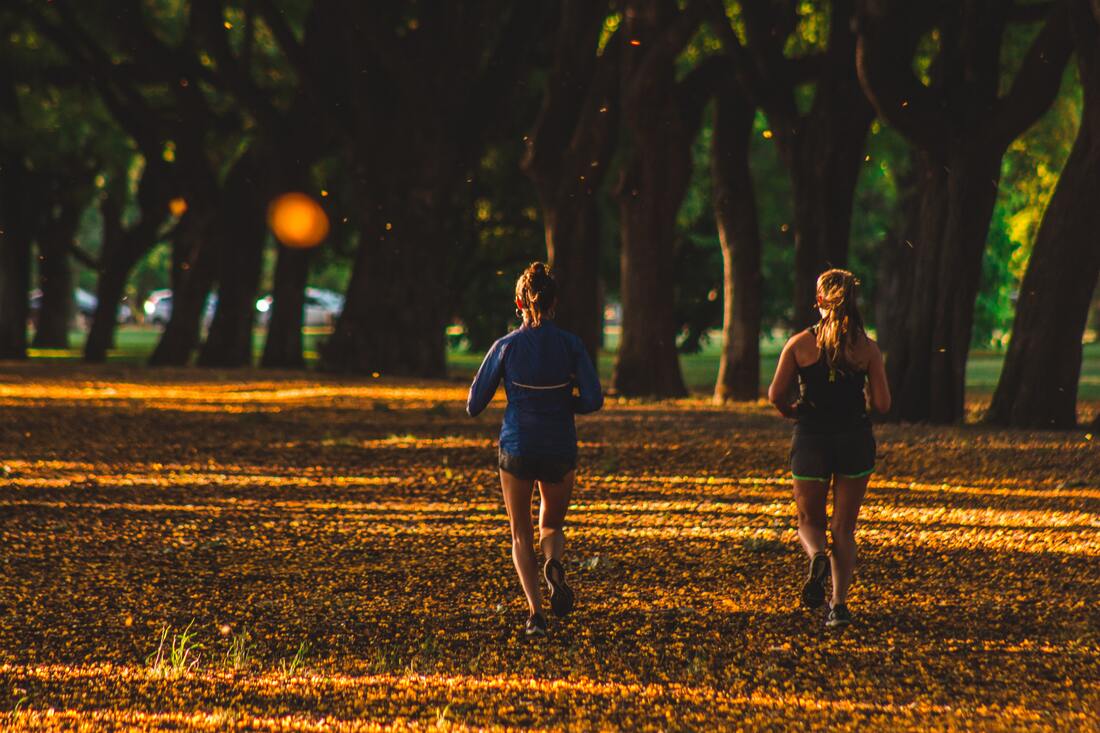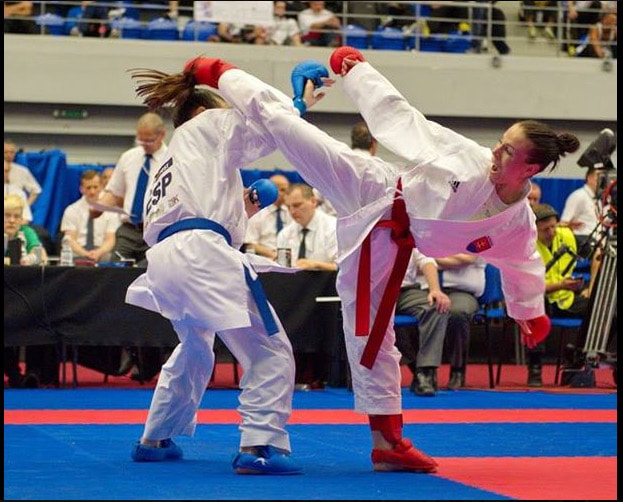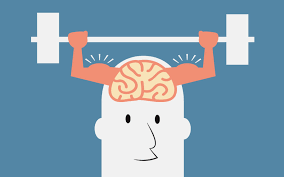Three transitions to take you over the line at 100% intensityYou're reading this because you want to win. That's great. If you are content to just finish, that's also great, but you may not need to go to this level of intensity.
Winning requires stamina. I define stamina as the ability to win the race and endurance as the ability to finish the race. Stamina allows you to accelerate and pass people and to hold your lead once past. Interval training builds this kind of stamina. Hill sprints, stair sprints, and sprint variations are essential. The intensity of intervals needs to be, well - intense. Not "HIIT Yoga" intense but real HIIT intense enough to make you almost sick. For when you need to know how many calories HIIT Yoga burnsYou know those times when we're not wearing a fitness band or an Apple Watch and wonder how many calories we're burning? Here's a simple and accurate method that you can easily do in your head.
I often run or walk without any gadgets, and I rarely wear fitness bands at the gym, and never take my phone. From time-to-time, I wonder how much energy I've used in a workout. Now, I use this method, which I worked out after plotting a few charts and averaging a few numbers, and comparing to the estimates from the times when I do wear a fitness band. I will explain the one key variable that you need to know, the calculation you apply to that key variable, and why the answer makes sense metabolically. Each higher level of intensity improves your survival ratePhysical exercise guidelines generally recommend 300 minutes of moderately-intensive exercise a week as a good minimum. Doing any physical activity is better than none. But would you rather try a little harder and live longer?
A research study conducted nearly 20 years ago and since cited by nearly 1000 other studies tested the prognostic capacity of exercise for mortality. The study tracked 6,213 men over 6 years, during which time there were a total of 1256 deaths. Here's what the data showed, which is exciting. Exercise capacity is the most powerful predictor of mortality, even among those with existing cardiovascular diseases risk factors. Exercise capacity is not relative capacity adjusted for age - that was not found to be a good predictor - but absolute fitness. How to boost your brain for a better mood and less stressIn these times it is worth sticking with whatever exercise you can consistently do in the circumstances, as exercising regularly is linked to better eating habits. Conversely, a lack of social contact is linked to poorer eating habits and, over time, poor health outcomes.
A 2019 study published in the International Journal of Obesity, looked at 2,680 young adults who were not exercising regularly or dieting. Scientists found that after exercising for several weeks, formerly sedentary study participants were more likely to choose foods like lean meats, fruits and vegetables, while preferences for fried foods, sodas and other unhealthy options decreased. Karate is a sport, but it's still martial arts
I was recently browsing Youtube watching World Championship Karate sparring championship fights - Kumite (Japanese: 組手, literally "grappling hands") - as my daughter is competing in this sport.
On one match there were a bunch of bro-comments dissing the karate fighters. The consensus was that karate fighters wouldn't stand a chance in a real street fight as it was all theatre. There's a grain of truth in those comments. Martial arts were about defending yourself and disabling your attackers. If there were multiple attackers, then your survival demanded that you inflict as much damage as possible on them to bring the odds back to your favour. An under-appreciate benefit of HIIT exercise
Arterial stiffness occurs as a consequence of biological aging and arteriosclerosis. What is often not well appreciated is that exercise can make a significant contribution to reducing arterial stiffness, and thus mitigating the adverse health consequences.
How does that work?
Exercising makes the heart work harder and this sends more frequent pulses of blood out into the arterial system. These "pulses" are not just pushed along by the force of the heart, as in a pump pushing water through a hose. The blood is pumped along by the muscles in the arteries contracting and squeezing like squeezing toothpaste. This exercises the arterial and vascular muscles! The exercise reduces their "stiffness', just like other muscles. And in addition, as you exercise your heart it becomes stronger and able to pump out bigger pulses of blood with each stroke. That's why your resting heart rate drops as you get fitter. These bigger pulses make the arterial and vascular muscles work even harder to push the bigger pulses of blood along, and they get even less stiff. |
ChoicesSince I was diagnosed at 50 with Type 2 diabetes I've been learning how to do bone-building fitness training which lowers my age. You can too. It's your choice. Walter Categories
All
Archives
May 2023
|






 RSS Feed
RSS Feed



